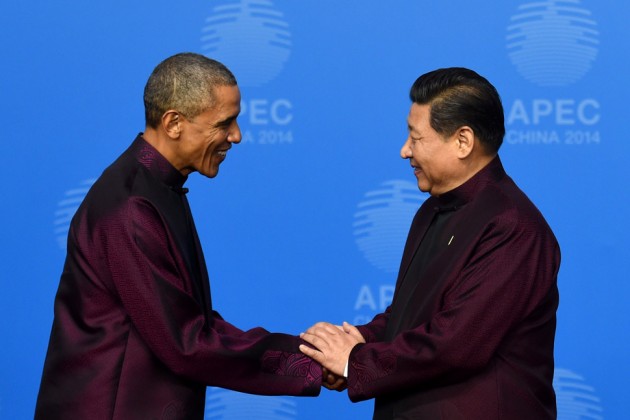“I did not build the bomb. I only showed that it exists.” These are the timeless words of Dr. Michal Kosinski, an Assistant Professor at the Stanford Graduate School of Business, referring to the research he conducted while a PhD candidate at Cambridge University from 2010 to 2014, and responding to the backlash from some of his colleagues that followed after the US election in 2016.
During his time at Cambridge, Kosinski’s research centered on psychometrics, also called psychographics, which focuses on measuring psychological traits such as personality. One of the most effective tools for mapping out a subject’s personality profile is the OCEAN test, which was developed in the 1980s. The test measures openness, conscientiousness, extroversion, agreeableness and neuroticism, and as such provides a relatively accurate assessment of what a person likes or dislikes.
The only caveat is that the test was long, complicated, time-consuming and it asked very personal questions. As a result, researchers have struggled for years to find a way to administer the test on a large scale. Until now, that is.
In partnership with Dr. David Stillwell at Cambridge University, Kosinski administered an application within Facebook that allowed various users to fill out a selection of psychometric questionnaires – some of which included questions from the OCEAN test. Upon completion of the test, users were asked to specify whether they wanted to share their Facebook data with the researchers.
At first, Kosinski and Stillwell did not expect many responses, but over time they collected what was then the largest dataset that combined psychometric scores with millions of Facebook profiles. It was revolutionary. In order to build a computer model, the researchers correlated the OCEAN test scores with what a person “liked” on Facebook, what they shared or posted, their number of friends and profile pictures, their gender, age, race and place of residence.
In 2012, Kosinski’s model was able to predict a person’s skin colour, sexual orientation and political leanings based on an average of 68 “likes” on Facebook. The model was also capable of determining a subject’s religion, level of intelligence, and alcohol and tobacco consumption. In his findings, he claimed that with as little as ten “likes,” the model could predict a subject’s answers to the OCEAN test better than their average co-worker. As more “likes” are fed into the model, the predictive capability increases tremendously: at 70 “likes” it surpasses a close friend; at 150, a parent; at 300, a spouse.
On the day that Kosinski published his findings, he received two calls from Facebook: one threatening a lawsuit, the other offering him a job.
In early 2014, Kosinski was approached by a young Assistant Professor in the Psychology Department at Cambridge named Dr. Aleksandr Kogan. He asked for access to Kosinski’s database on behalf of a company that was interested in his research. Kogan was initially reticent to reveal the name of the company, and why they were interested. Eventually he revealed that a company called Strategic Communication Laboratories (SCL) was interested in licensing Kosinski’s model in exchange for a significant sum.
However, Kosinski remained skeptical. He knew what his research was capable of if it fell into the wrong hands, so he set out to learn more about SCL and what they intended to do with his work. He discovered that SCL provides marketing services based upon psychological modeling, and according to their website is “the premier election management agency.” Their self-professed specialty: “understand[ing] how people think and identify[ing] what it would take to change their mindsets and associated voting patterns.”
SCL is the parent for a group of other companies that have been involved in elections around the world. Notable examples from their website include elections in: Kenya, Nigeria, South Africa, Trinidad & Tobago, Colombia, India, Indonesia, Thailand, Taiwan, Latvia, Italy, Ukraine, Romania, and the United Kingdom among many others. However, due to its convoluted corporate structure, Kosinski was unable to determine who exactly owned SCL. For these reasons, he declined their offer.
SCL managed to get their hands on it regardless.
This is Part One of a four-part series detailing the rise of a new type of propaganda machine; one tailored to fit a modern, inter-connected, and technologically dependent society. Part Two will reveal how SCL obtained Kosinski’s research, and delve deeper into the newly formed company that was going to use it.
Photo: The Power of the Mind, by Unknown via Source. Public Domain.
Disclaimer: Any views or opinions expressed in articles are solely those of the authors and do not necessarily represent the views of the NATO Association of Canada.



